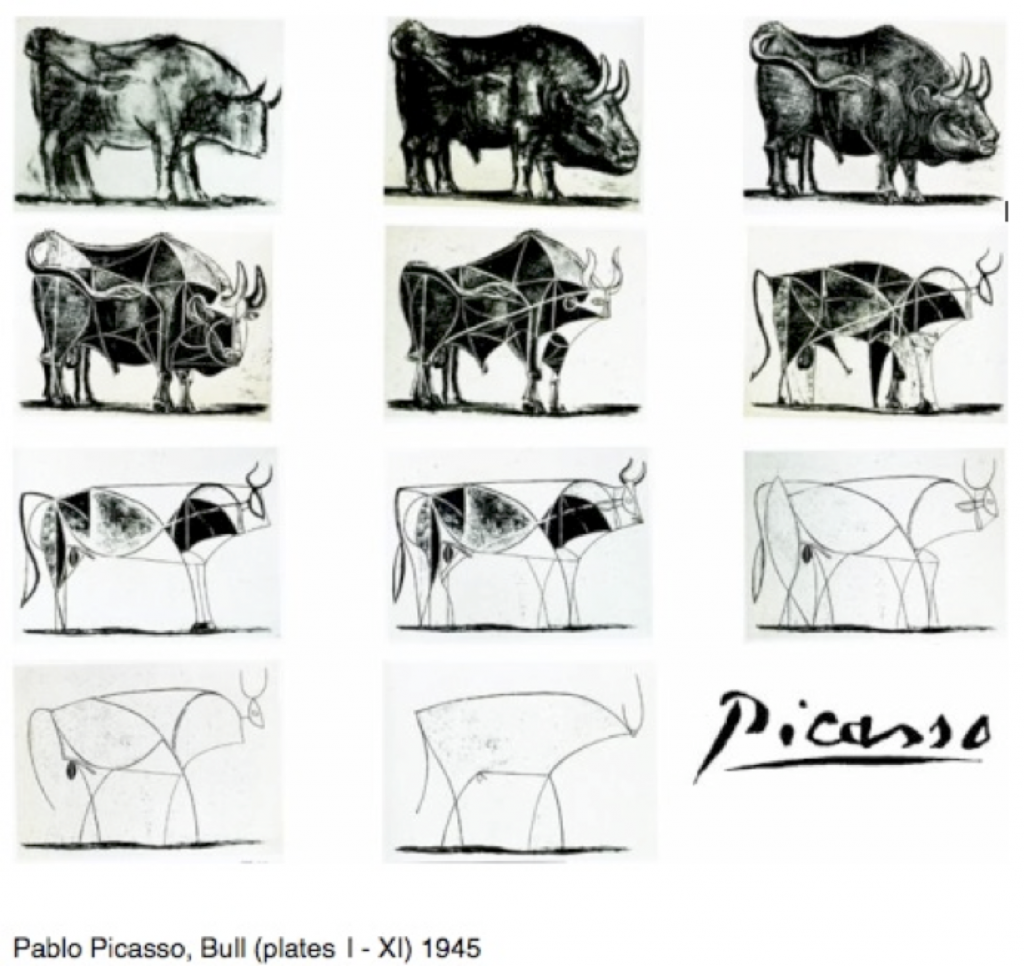Corporate Universities are not a new phenomenon. By Corporate Universities, I mean company-owned and operated training centres equipped to provide job-related skills and instill company culture, and not general-purpose universities founded by corporates. Some of the more well-known Corporate Universities include McDonald’s Hamburger U, GE’s Crotonville Campus, General Motors Institute etc. Wikipedia mentions that as early as 2001, there were over 2,000 corporate ‘universities’ in the U.S.
One of the newer corporate universities that is arousing a great deal of curiosity is Apple University. This isn’t surprising. With ~$700b marketcap as of today, Apple is the world’s biggest and richest company. Anything that it does will arouse intense interest. Additionally, it is known for revisualizing everyday products such as mp3 players, mobile phones, watches in a shiny magical light. Naturally, people are wondering – how will Apple visualize a corporate university?
Details about Apple University are sketchy and hard to come by. In fact it might be easier to find out about NSA’s training program than about Apple U. Still there have been some updates about Apple U, including a NYT article last year. Here is what I found.
- Steve Jobs hired Joel Podolny, ex-Dean – Yale School of Management in 2008 to set up Apple U. He oversees Apple University
- The faculty comprise both full-timers, visiting faculty from other leading universities and senior Apple execs including Tim Cook. Some of the known full-time faculty include ex-Harvard U business historian Richard Tedlow, who has written cases that look at Apple’s key business decisions that are used in instruction at Apple U. Other well-known faculty include Joshua Cohen, Morten Hansen (both from University of California Berkeley) and Chris Bell.
- Classes are held in Apple’s campus in the Bay Area, and occasionally in China. The classroom and the complete learning experience is “thoughtfully-designed” as all Apple products are. The classrooms are trapezoidal in shape and the back rows are elevated so that all students can see the instructor.
- Courses are 2-3 days long, with a few hours of classes a day. The senior you are, the more classes you attend. It is not clear whether the courses are by invitation only (Business Insider suggests this) or open to sign up (NYT suggests this).
- Some classes are aimed at employees of companies that are merging into Apple. NYT says “one class taught founders of recently acquired companies how to smoothly blend resources and talents into Apple”.
- We do know about three of the courses and what is taught in them.
- What makes Apple, Apple? – exposes employees to Apple’s unique culture and its philosophy. To teach simplicity, and how user-delight is central to Apple, the instructor asks students to contrast Google TV’s remote player with 78 buttons to Apple TV’s remote with three buttons.
- The Best Things – which takes its name from a speech by Steve Jobs encourages employees to surround themselves with the best-designed products and the most talented peers, so that they can do their best work.
- Communicating at Apple – this focuses on communicating clearly, not just internally to colleagues but also to the outside world. How do you make a product feel so intuitive that people do not need an instruction manual to use it? In this class, which is taught by Randy Nelson of Pixar, a slide showing how Picasso drew a series of lithographs depicting a bull. Over these 11 drawings, Picasso gradually reduced the image down to its very essence, removing what was unnecessary. Apple, he suggests should strive for the same.
Picasso’s lithographs depicting how each drawing further refines and simplifies the image
The evolution of Apple’s mouse parallels Picasso’s Bull.
- Classes have included both case studies of events specific to Apple, such as its dilemmas over whether to open iTunes to Windows users, which they did eventually, leading to iPod’s skyrocketing growth; the decision to centralize its manufacturing in one plant in China etc as well as examples from history such as the decline of A&P, a dominant grocery chain that went bankrupt, J&J’s handling of the Tylenol crisis, a look at manufacturing of Swiss watches across 15-20th centuries (“There was one guy who’s job it was to make one cog, and he made it perfectly.”).
There is clearly a lot for corporate training centres to learn from Apple U. But what can general purpose universities or B-Schools learn from Apple University?
One learning is clearly about leveraging learnings from past business history. What were the key decisions made in the past that led to the organization’s success? What are the learnings they can derive from similar organizations in history? These questions do not get asked a lot in most organizations.
This leads to organizations viewing their Learning & Development processes in terms of either company inductions – which is more about introducing the org structure and policies, and exec ed programmes, which are more to do with job skills and externally-focused learning. Is there a slot between the two? Can a B-School set up a team of Professors who can work with leading companies to identify key business dilemmas in these companies’ past, identify turning points and use learnings from them to inform new executives who join them. Effectively a kind of “What makes X org, X?”. Such a program would be an entirely new program as far as traditional B-School exec ed programs are concerned. This to me seemed to be the biggest learning and opportunity from Apple University.
References
Inside Apple’s Internal Training Program
What is Apple University and Why More Companies Should Follow Suit?
Here’s what it’s like to attend Apple’s secret university
Here’s What Apple Teaches Employees In Its Ultra-Secretive Internal Training Program
Steve Jobs’ virtual DNA to be fostered in Apple University
Why Apple University Matters More Than Ever


